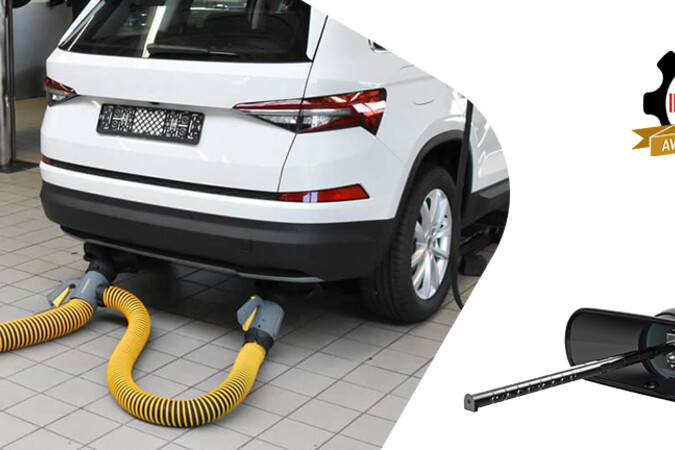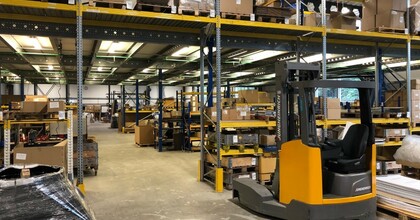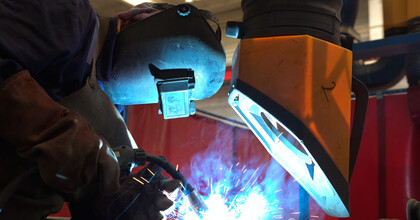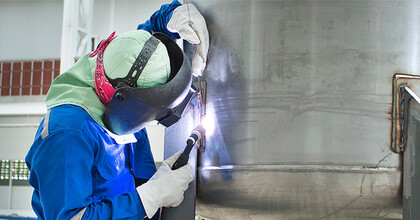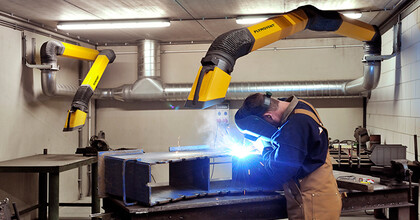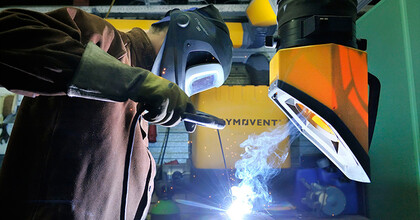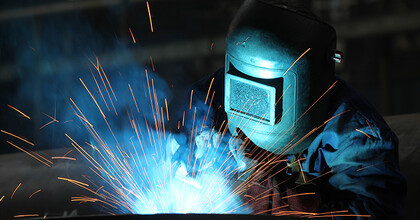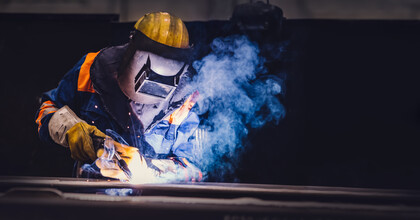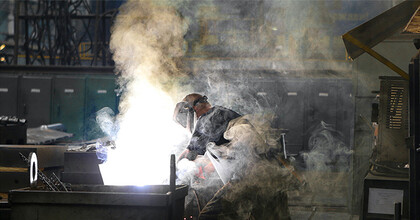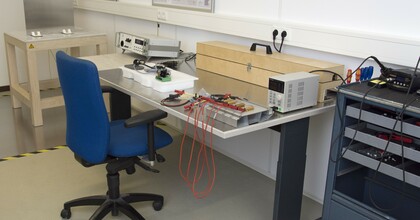Plymovent recognized by 2023 PTEN innovation awards
With over 100 product nominations, spanning across 26 categories, Plymovent is happy to announce that the Internal Grabber® has won the Safety Equipment & Personal Gear category! “On behalf of the PTEN Innovation Awards, I would like to congratulate Plymovent on their Internal Grabber®” PTEN Editor, Emily Markham.
